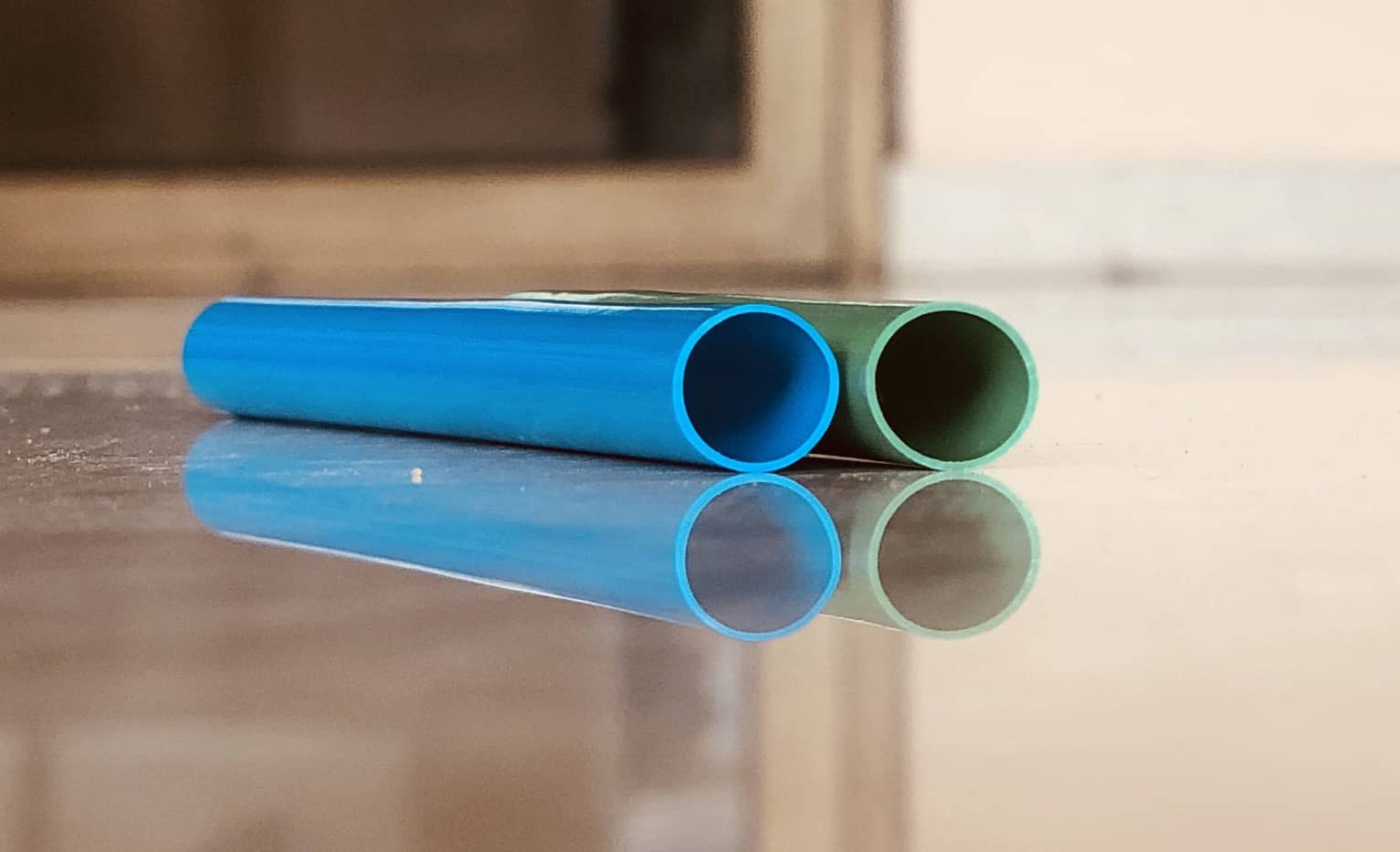In the ever-evolving world of coffee culture, enthusiasts and professionals alike constantly seek innovations to enhance the brewing experience. One such technological marvel making waves in the coffee industry is the use of PEEK (polyether ether ketone) valves in coffee machines. These valves, though small in size, play a significant role in ensuring a superior and consistent cup of coffee.
Our first introduction to this unusual application of PEEK happened about ten years ago. A manufacturer of high-end coffee equipment came to us with a dilemma. They had been using aluminium valves in their equipment for a while and had never faced any problems. However, as an increasing number of Indians travelled abroad and experienced the flavours of western-brewed coffee, the complaints had started to come in. The issue: the coffee tasted metallic.
The client had done their own research and found out that the Italian coffee machines had replaced aluminium with PEEK.
PEEK is a high-performance thermoplastic known for its exceptional mechanical and chemical properties. Its use in coffee machines brings a range of benefits that contribute to the overall efficiency and quality of the brewing process.
First and foremost, PEEK valves excel in temperature resistance, making them ideal for the hot and demanding environment of coffee machines. Unlike traditional materials that may degrade or lose integrity under high temperatures, PEEK valves maintain their structural integrity, ensuring a reliable and durable component in the coffee brewing system. This resistance to heat is crucial for consistent coffee extraction and flavour preservation. PEEK has a service temperature of 275°C and is therefore more than capable of withstanding the heat within the equipment.
Another notable feature of PEEK valves is their resistance to chemicals and corrosion. Coffee machines often come into contact with various substances, including minerals in water and coffee residues. PEEK's resistance to corrosion ensures that the valves remain unaffected by these elements, leading to a longer lifespan for the coffee machine and reduced maintenance requirements. This not only benefits coffee enthusiasts by providing a more reliable machine but also contributes to sustainability by reducing the need for frequent replacements.
Precision is paramount in the world of specialty coffee, where every parameter matters. PEEK valves offer a high level of precision in controlling the flow of water and steam in coffee machines. This precision allows for fine-tuning of the brewing process, enabling baristas and coffee enthusiasts to achieve the desired extraction profiles. The ability to control water flow with accuracy contributes to the consistency of flavour and aroma in each cup of coffee, a key factor in the pursuit of brewing excellence.
In addition to their mechanical properties, PEEK valves are preferred for their biocompatibility. This characteristic is particularly important in the food and beverage industry, where materials that come into contact with consumables must meet stringent safety standards. PEEK's biocompatibility ensures that it poses no risk of contaminating the coffee with harmful substances, meeting the highest hygiene and safety standards.
The incorporation of PEEK valves revolutionised our client’s coffee machines and allowed them to even build their export business. It should be mentioned that in shifting from Aluminium to PEEK, the client saw the part cost shoot up by a factor of 10 (PEEK is an expensive polymer!). The fact that they still chose to use the PEEK component tells us how vital the material was in ensuring the end product was exactly as needed.
Read More
1. Polymers in Low Friction Applications
2. PTFE Extrusion - Ram vs Paste Extruded - A comparison of features




